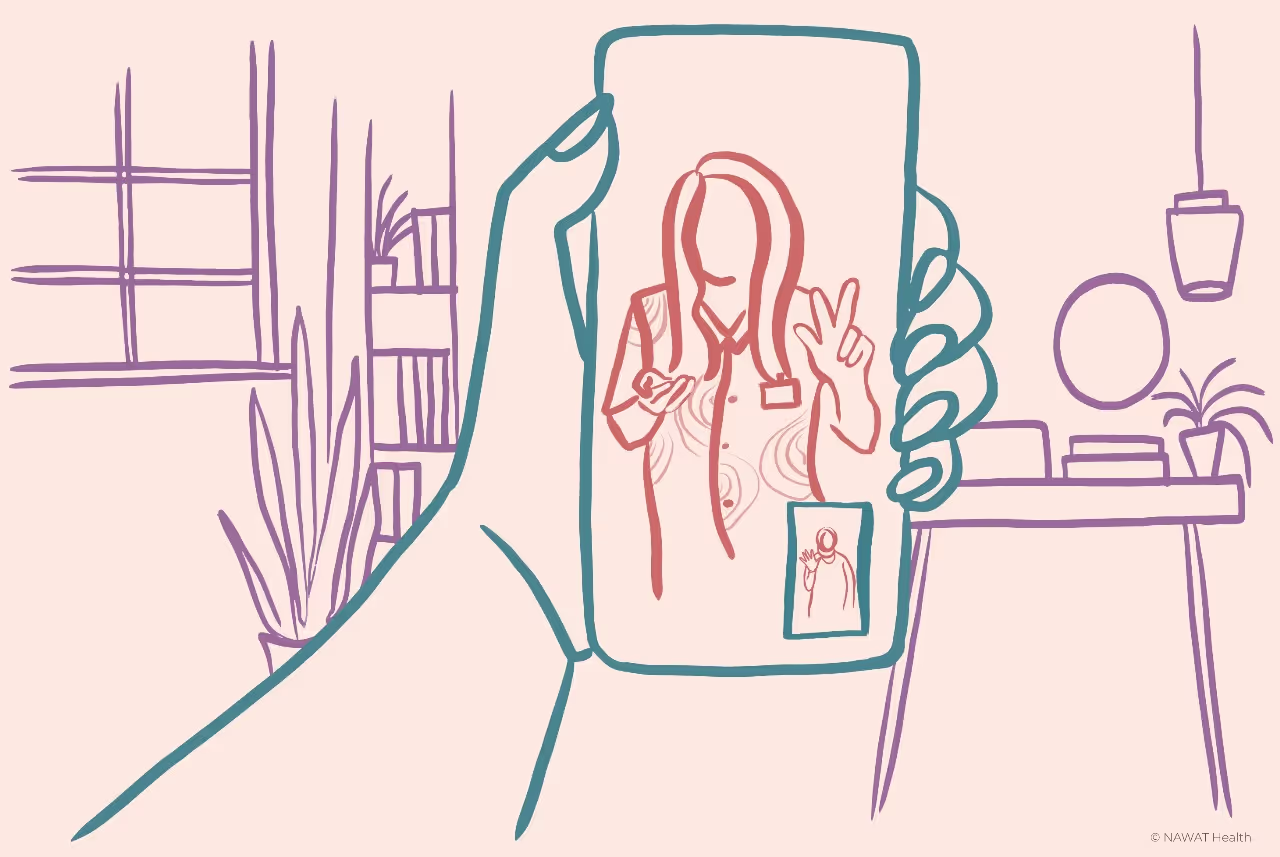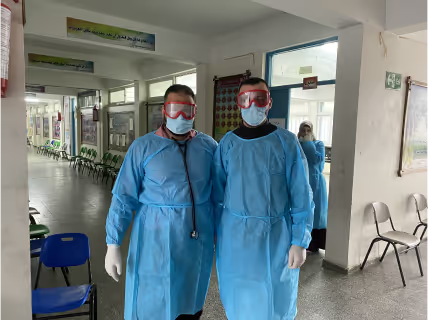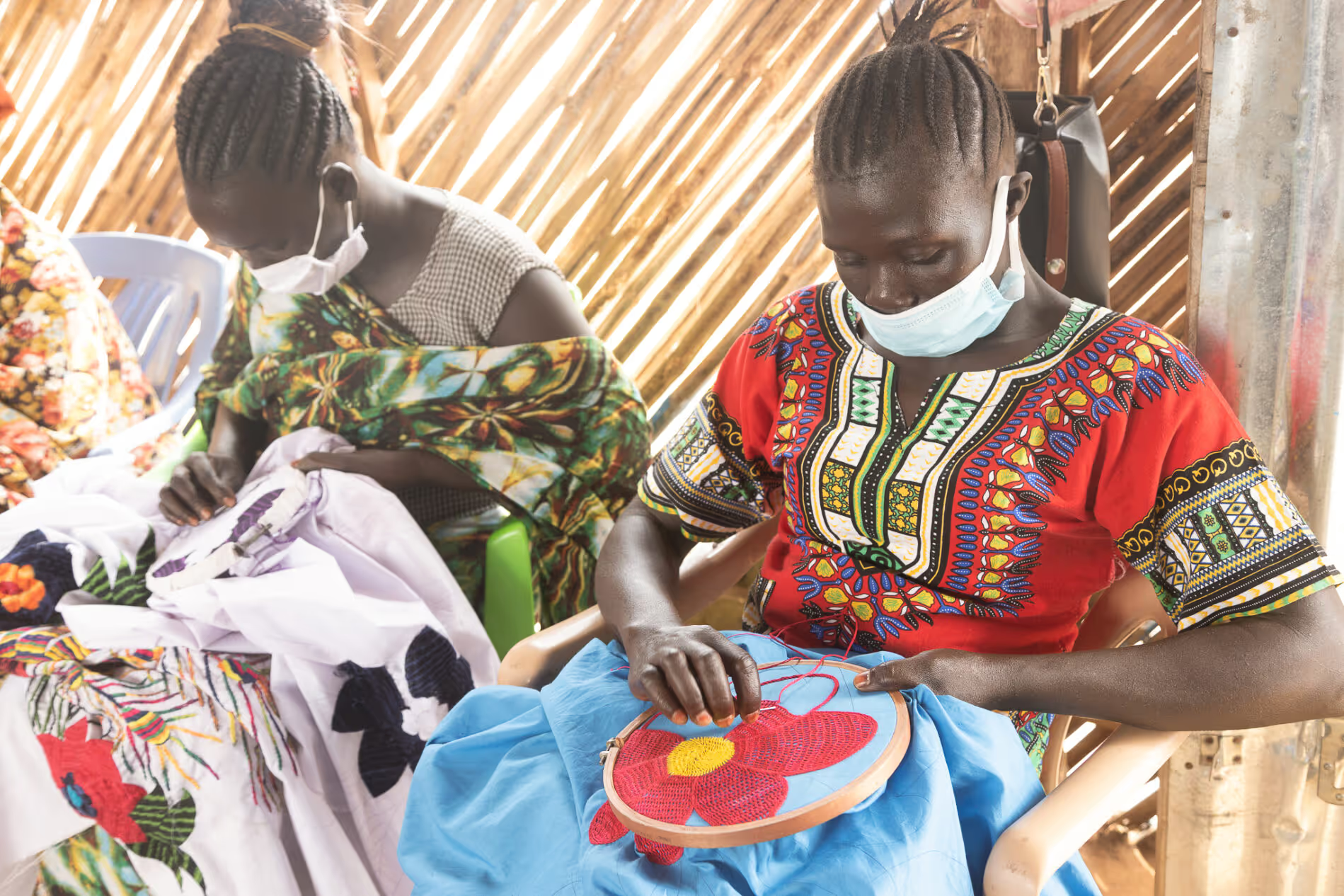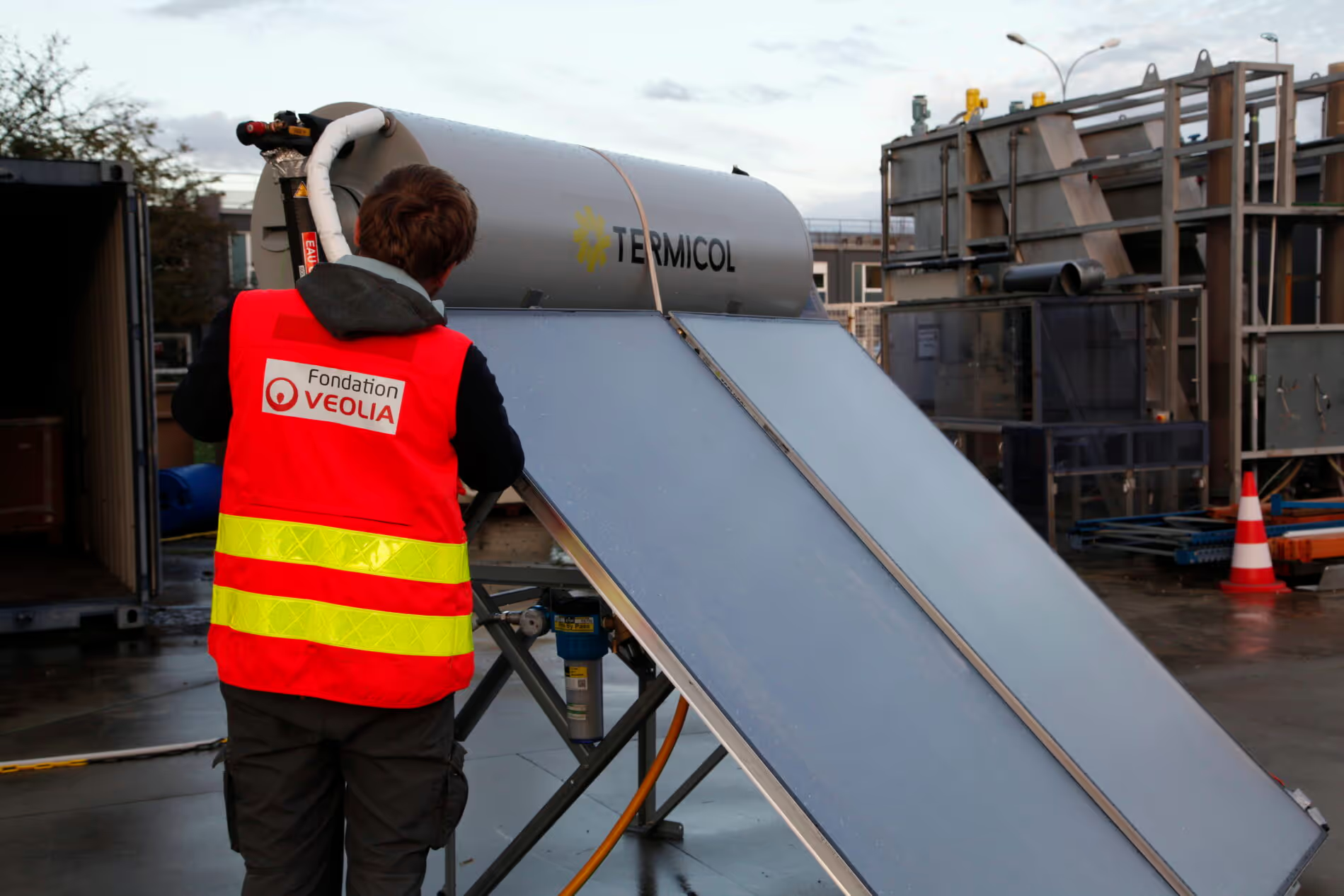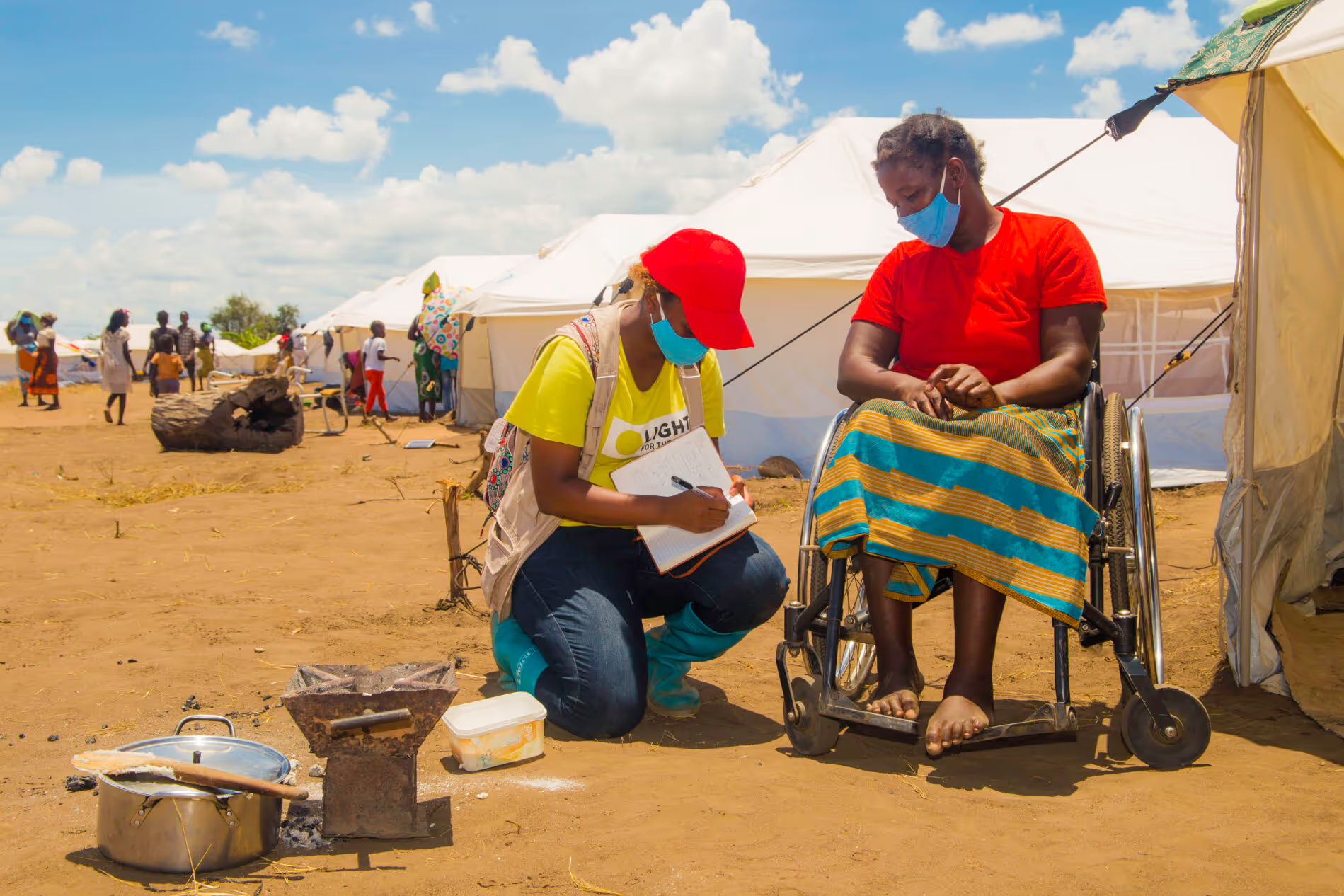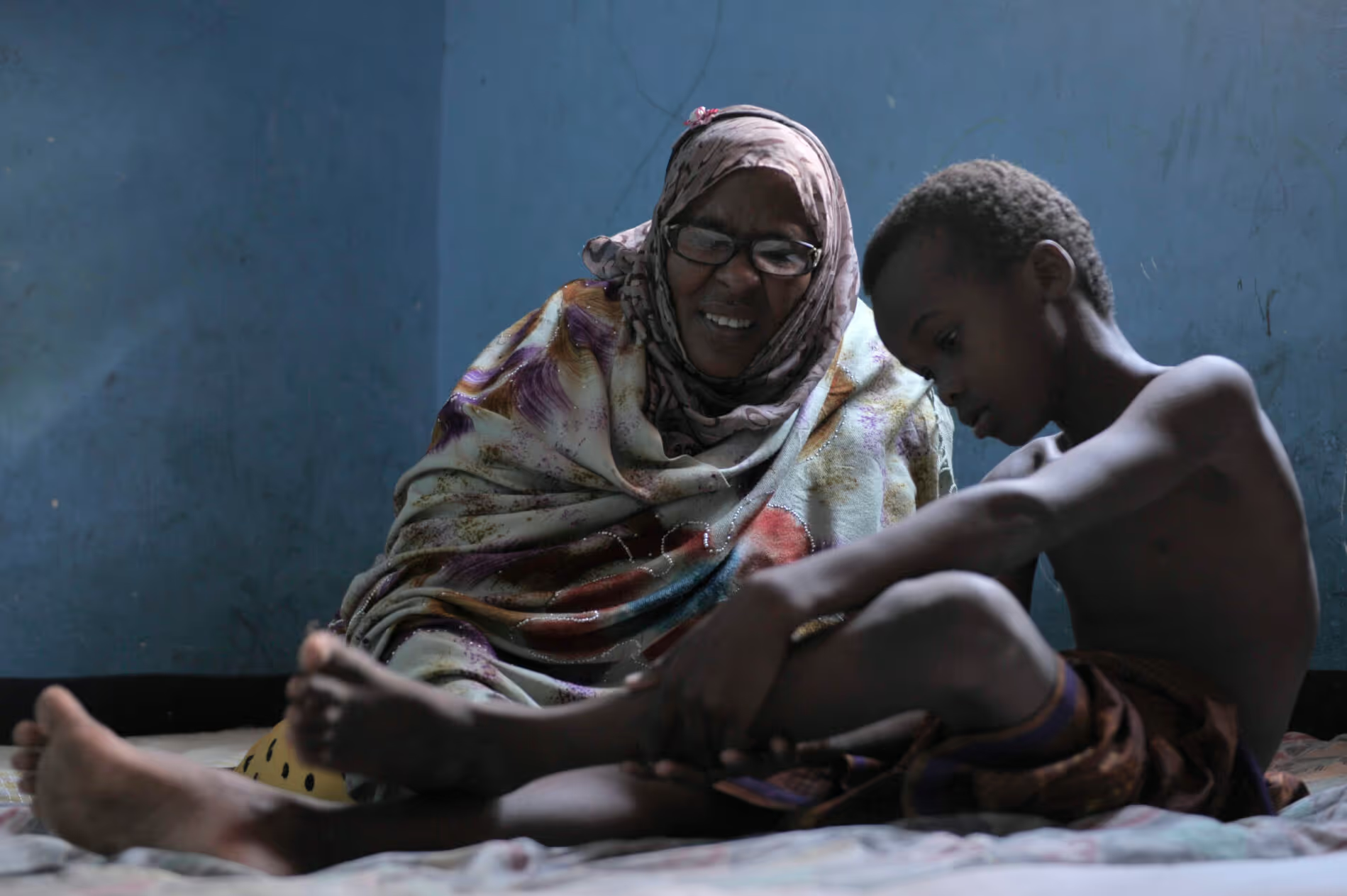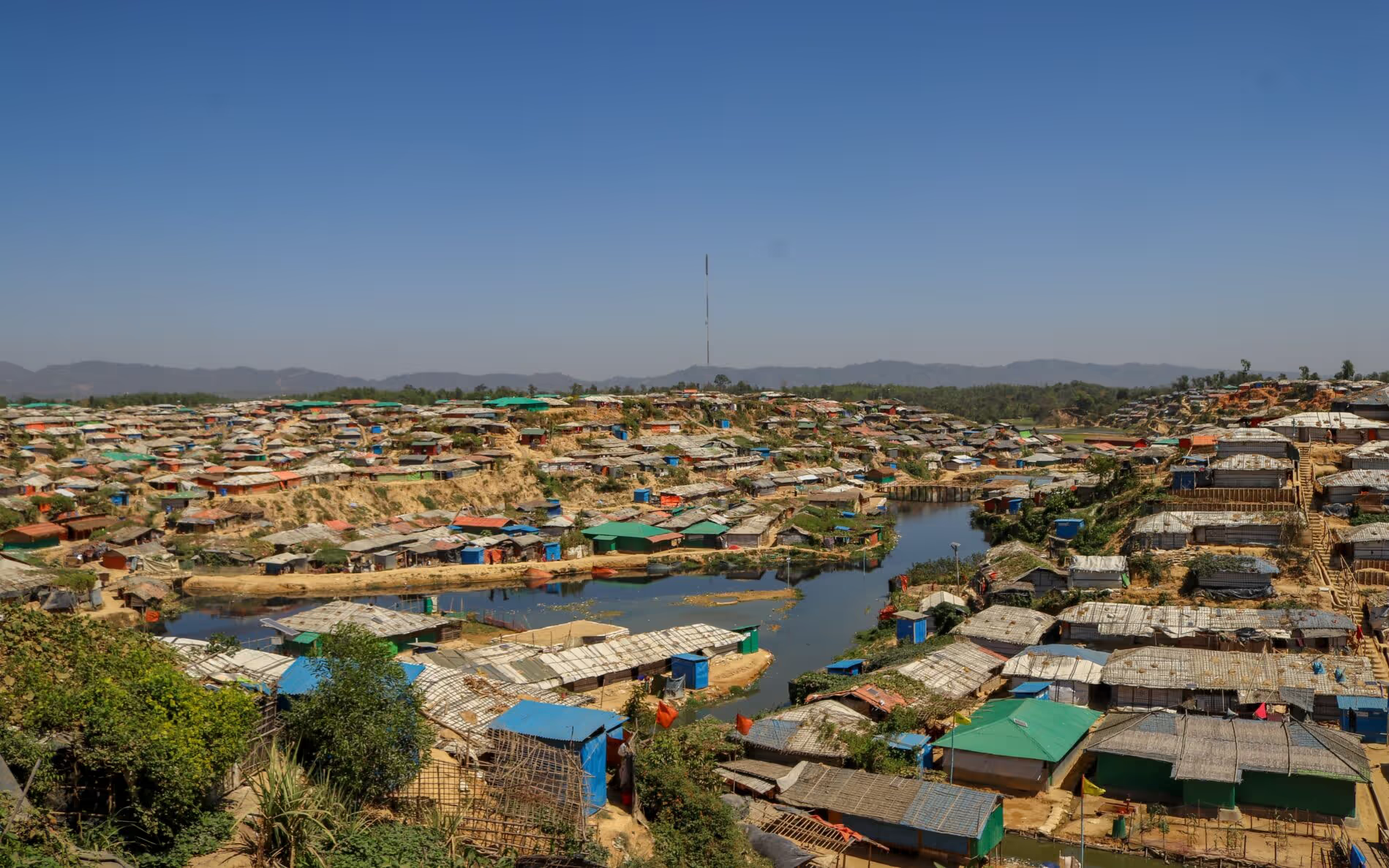Surface Water Management in Refugee Camps
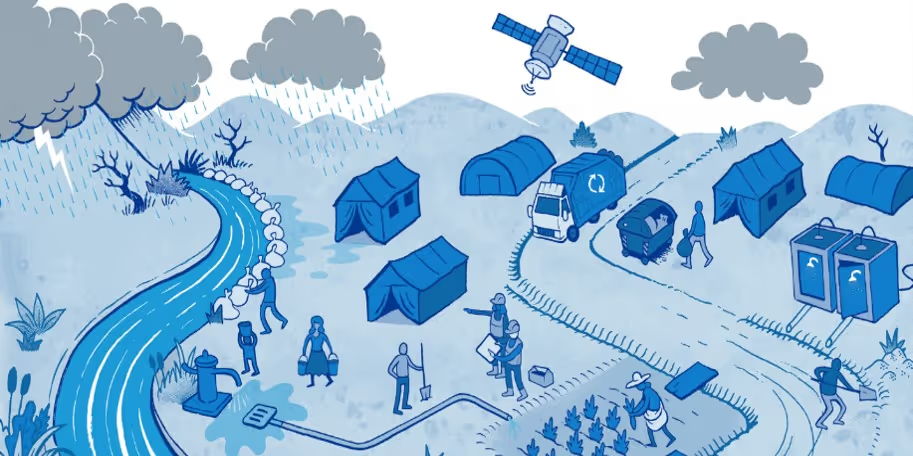
Project overview
Ove Arup & Partners Ltd carried out a scoping study with the view to create improved guidance for decision makers to plan for and manage surface water better in refugee camps.
Project solution
This project offers [specific solution or intervention] to tackle [challenge]. By implementing [strategies, tools, or innovations], the project aims to achieve [desired outcomes]. The approach is designed to [specific actions or methods] to bring about meaningful change in [community, region, or issue area].
Expected outcomes
This project aims to achieve [specific outcomes], such as [measurable results, improvements, or changes]. The expected impact includes [benefits to the target community, advancements in research or innovation, or long-term effects]. By the end of the project, we anticipate [specific changes or milestones] that will contribute to [broader goals or objectives].
What is the humanitarian need?
Poor management of surface water in refugee camps causes flooding and waterlogging, with adverse effects on the residents. This surface water can support the development of vector-borne diseases such as malaria or dengue as well as worm infections and provide a route for water-borne diseases such as cholera, hepatitis E or typhoid. It makes the movement of people and vehicles around the camps difficult, thus delaying the provision of essential water and sanitation services.
What is the innovative solution?
Field practitioners and decision makers need more awareness and guidance on the management of surface water in refugee camps. This scoping study will explore the opportunities for developing guidance and the application of good practice and sustainable drainage. It will also tackle some of the specific challenges that include:
- Breeding ground for vectors
- Decreased water quality
- Lack of data for design
- Institutional arrangements
- Lack of time and cost for construction
Our innovation will be to create one guidance toolkit for decision makers and field practitioners with design principles, examples of solutions and case studies.
What were the expected outcomes?
The outcome of the first stage was a scoping report, incorporating both a literature review and stakeholder engagement to identify the main constraints and opportunities in managing surface water. This then resulted in the finalised proposal for the guidance toolkit.
The guidance toolkit used existing good practice in the field as well as good practice from around the world to provide solutions and approaches for managing surface water in refugee camps.
Read the Humanitarian WASH Innovation Catalogue
Learn more about this WASH project, and many others, in our Humanitarian WASH Innovation Catalogue.
[.cta_link]Read now[.cta_link]
Project delivery & updates
Stay up to date with the latest developments from this project. Here, you will find details on what has been delivered, resources created, and regular updates as the project progresses. Access key documents, reports, and other materials to see how the project is making an impact.

